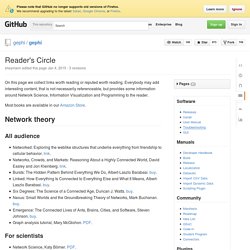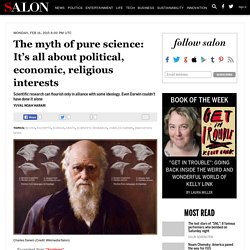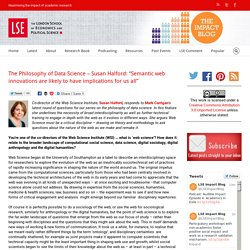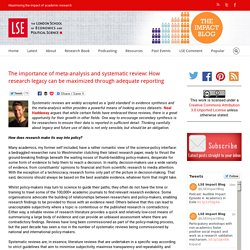

Networks, Crowds, and Markets: A Book by David Easley and Jon Kleinberg. In recent years there has been a growing public fascination with the complex "connectedness" of modern society.

This connectedness is found in many incarnations: in the rapid growth of the Internet and the Web, in the ease with which global communication now takes place, and in the ability of news and information as well as epidemics and financial crises to spread around the world with surprising speed and intensity. Network scientists at Harvard: Nicholas Christakis, Laura Bogart, Martin Nowak. If a campaign volunteer shows up at your door, urging you to vote in an upcoming election, you are 10 percent more likely to go to the polls—and others in your household are 6 percent more likely to vote. When you try to recall an unfamiliar word, the likelihood you’ll remember it depends partly on its position in a network of words that sound similar.
And when a cell in your body develops a cancerous mutation, its daughter cells will carry that mutation; whether you get cancer depends largely on that cell’s position in the network of cellular reproduction. However unrelated these phenomena may seem, a single scholarly field has helped illuminate all of them. Reader's Circle · gephi/gephi Wiki. On this page we collect links worth reading or reputed worth reading.

Everybody may add interesting content, that is not necessarily referenceable, but provides some information around Network Science, Information Visualization and Programming to the reader. Most books are available in our Amazon Store. Network theory All audience Networked: Exploring the weblike structures that underlie everything from friendship to cellular behavior. link.Networks, Crowds, and Markets: Reasoning About a Highly Connected World, David Easley and Jon Kleinberg. link.Bursts: The Hidden Pattern Behind Everything We Do, Albert-Laszlo Barabasi. buy.Linked: How Everything Is Connected to Everything Else and What It Means, Albert-Laszlo Barabasi. buy.Six Degrees: The Science of a Connected Age, Duncan J. For scientists Network Science, Katy Börner. Social Network Analysis Community detection in graphs, Santo Fortunato.
Information Visualization Exploratory Data Analysis Data visualization Others Programming. The myth of pure science: It’s all about political, economic, religious interests. Until the Scientific Revolution most human cultures did not believe in progress.

Research Paradigms:Ontology's, Epistemologies & Methods. The Philosophy of Data Science – Susan Halford: “Semantic web innovations are likely to have implications for us all” Co-director of the Web Science Institute, Susan Halford, responds to Mark Carrigan‘s latest round of questions for our series on the philosophy of data science.

In this feature she underlines the necessity of broad interdisciplinarity as well as further technical training to engage in depth with the web as it evolves in different ways. She argues Web Science must be a critical discipline – drawing on theory and methodology to ask questions about the nature of the web as we make and remake it. You’re one of the co-directors of the Web Science Institute (WSI) … what is ‘web science’?
How does it relate to the broader landscape of computational social science, data science, digital sociology, digital anthropology and the digital humanities? The importance of meta-analysis and systematic review: How research legacy can be maximized through adequate reporting. Systematic reviews are widely accepted as a ‘gold standard’ in evidence synthesis and the meta-analysis within provides a powerful means of looking across datasets.

Neal Haddaway argues that while certain fields have embraced these reviews, there is a great opportunity for their growth in other fields. One way to encourage secondary synthesis is for researchers to ensure their data is reported in sufficient detail. Thinking carefully about legacy and future use of data is not only sensible, but should be an obligation.
How does research make its way into policy? Many academics, my former self included, have a rather romantic view of the science-policy interface: a bedraggled researcher runs to Westminster clutching their latest research paper, ready to thrust the ground-breaking findings beneath the waiting noses of thumb-twiddling policy-makers, desperate for some form of evidence to help them to reach a decision. Stand Up and Be Counted: Why social science should stop using the qualitative/quantitative dichotomy. Qualitative and quantitative research methods have long been asserted as distinctly separate, but to what end?

Howard Aldrich argues the simple dichotomy fails to account for the breadth of collection and analysis techniques currently in use. But institutional norms and practices keep alive the implicit message that non-statistical approaches are somehow less rigorous than statistical ones. Over the past year, I’ve met with many doctoral students and junior faculty in my travels around the United States and Europe, all of them eager to share information with me about their research. Invariably, at every stop, at least one person will volunteer the information that “I’m doing a qualitative study of…” When I probe for what’s behind this statement, I discover a diversity of data collection and analysis strategies that have been concealed by the label “qualitative.”